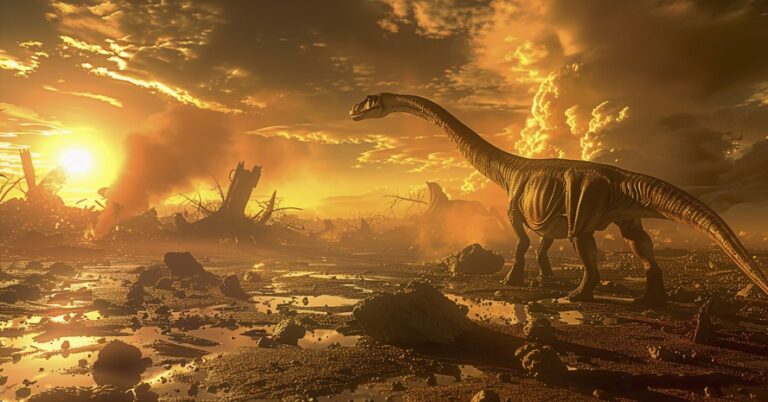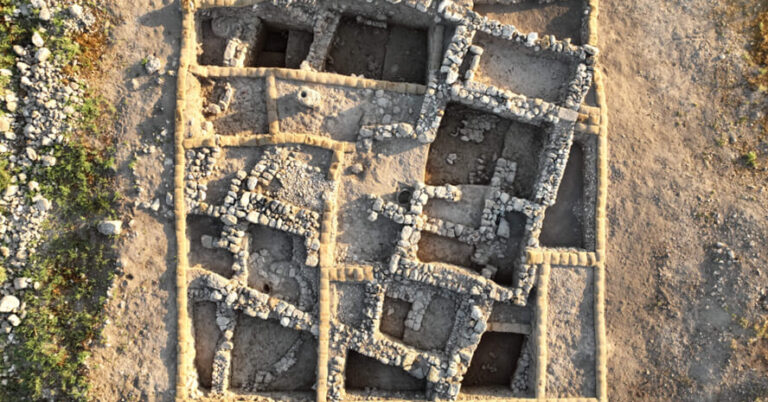The year 2025 has been remarkable for archaeology, with groundbreaking discoveries that have deepened our understanding of ancient civilizations. Here are some of the most significant finds so far:
Discovery of Pharaoh Thutmose II’s Tomb
In a monumental find, archaeologists uncovered the 3,500-year-old tomb of Pharaoh Thutmose II near Egypt’s Valley of the Kings. This is the first royal tomb discovery since Tutankhamun’s in 1922. The tomb’s decorated ceilings and artifacts confirm its royal significance, offering new insights into Egypt’s 18th Dynasty.
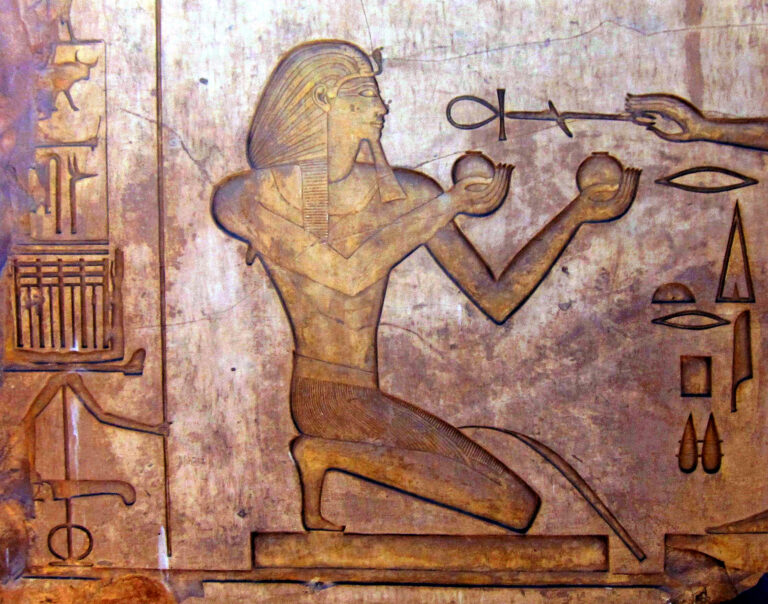
Unveiling of a Roman Basilica in London
During preparations for a new skyscraper at 85 Gracechurch Street, archaeologists unearthed the remains of a Roman basilica dating back to 78-84 AD. This exceptionally well-preserved structure served as the political, social, and commercial heart of ancient Londinium, shedding light on Roman influence in early London.
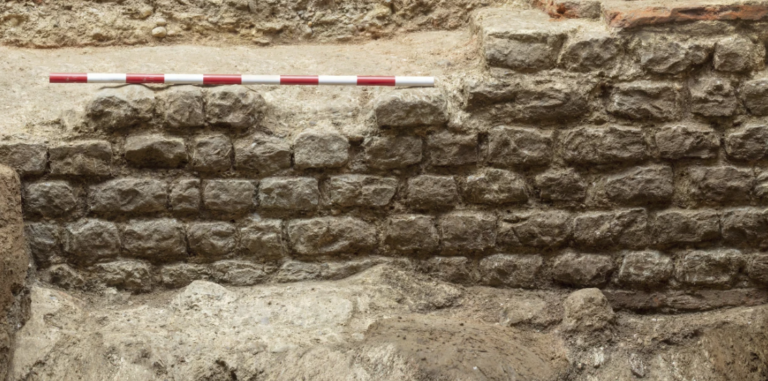
Exceptional Dionysian Frescoes in Pompeii
Archaeologists in Pompeii have uncovered almost life-sized frescoes depicting the Roman god Dionysus and initiation rites. Dating back to the 1st century BC, these detailed artworks provide valuable insights into ancient Roman religious practices and the role of women in such cults.
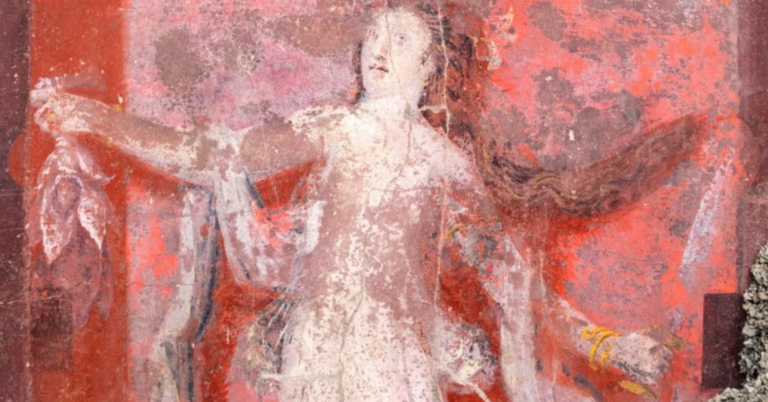
Discovery of a Luxury Spa in Pompeii
A luxurious private Roman bathhouse, capable of accommodating up to 30 people, was unearthed in Pompeii. Featuring baths with varied temperatures and a plunge pool, this “once-in-a-century” find highlights the opulence of ancient Pompeian society.
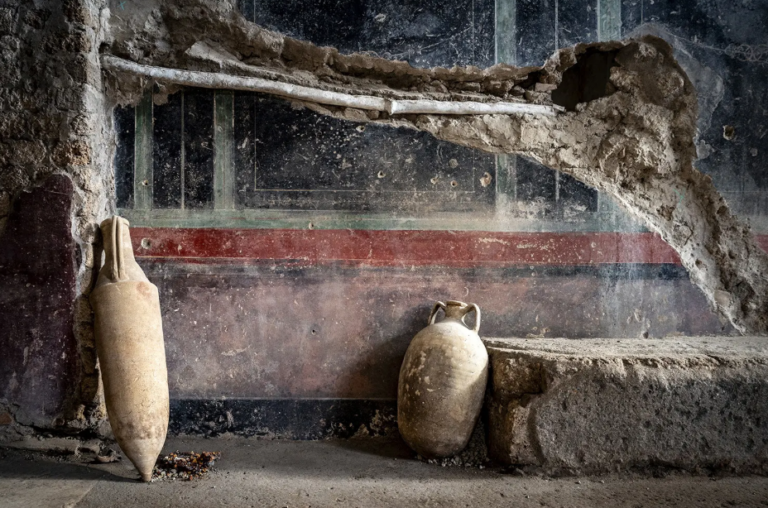
Buddha Statue Torso Found at Angkor
At Cambodia’s Angkor temple complex, archaeologists discovered the torso of a Buddha statue dating back to the 12th or 13th century. This significant find matches a head found in 1927, allowing for a complete reassembly and offering deeper insights into the Bayon art style.
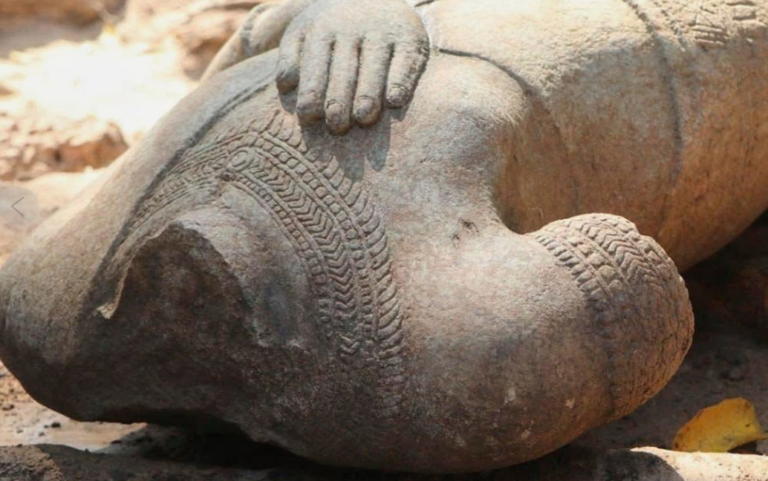
Potential Evidence of Noah’s Ark
Researchers from the Mount Ararat and Noah’s Ark Research team have identified a geological formation in eastern Turkey resembling the biblical description of Noah’s Ark. Samples from the site revealed marine deposits and remnants of seafood, suggesting the region was once underwater, potentially aligning with the biblical flood era.
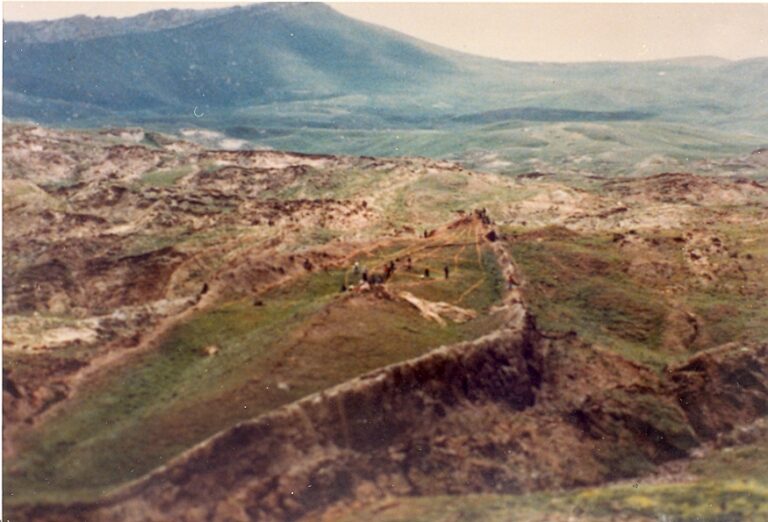
These discoveries not only enrich our understanding of history but also serve as powerful reminders of how much remains hidden beneath our feet, waiting to be uncovered. Each excavation, each artifact, and each breakthrough contributes to a more complete picture of our shared human story, bridging the past with the present.
The work of archaeologists, researchers, and explorers is not just about preserving relics—it’s about unlocking knowledge that challenges our assumptions, deepens our appreciation for ancient civilizations, and inspires future generations to keep searching for answers. As technology advances and interest in archaeology continues to grow, the possibilities for new revelations are endless. The past is still speaking—we just need to keep listening.



